Received the engineering sample from Nichia today.
I requested the 119D instead of 219D because I’m still curious and optimistic that 119 footprint will outperforms 219 on my VR16S1 board as I suspected months ago. The larger total cooling area plus larger current capability with 119 footprint should nett higher max output than the less than optimal 219 thermal pad surface. This 119D also very interesting with it’s “glass lens” as described in the data sheet. Let’s find out if this new LED has something new to offer for BLFers.
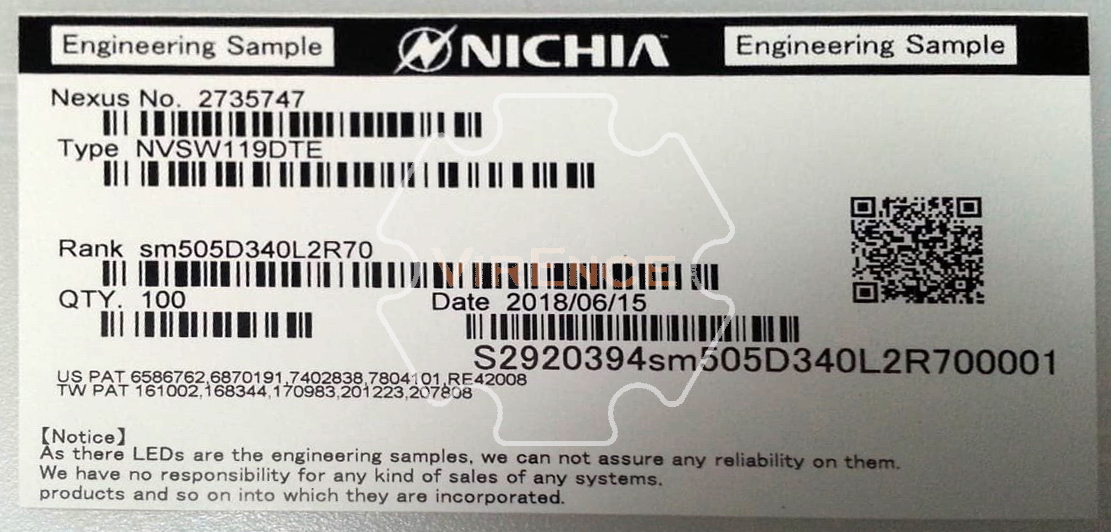
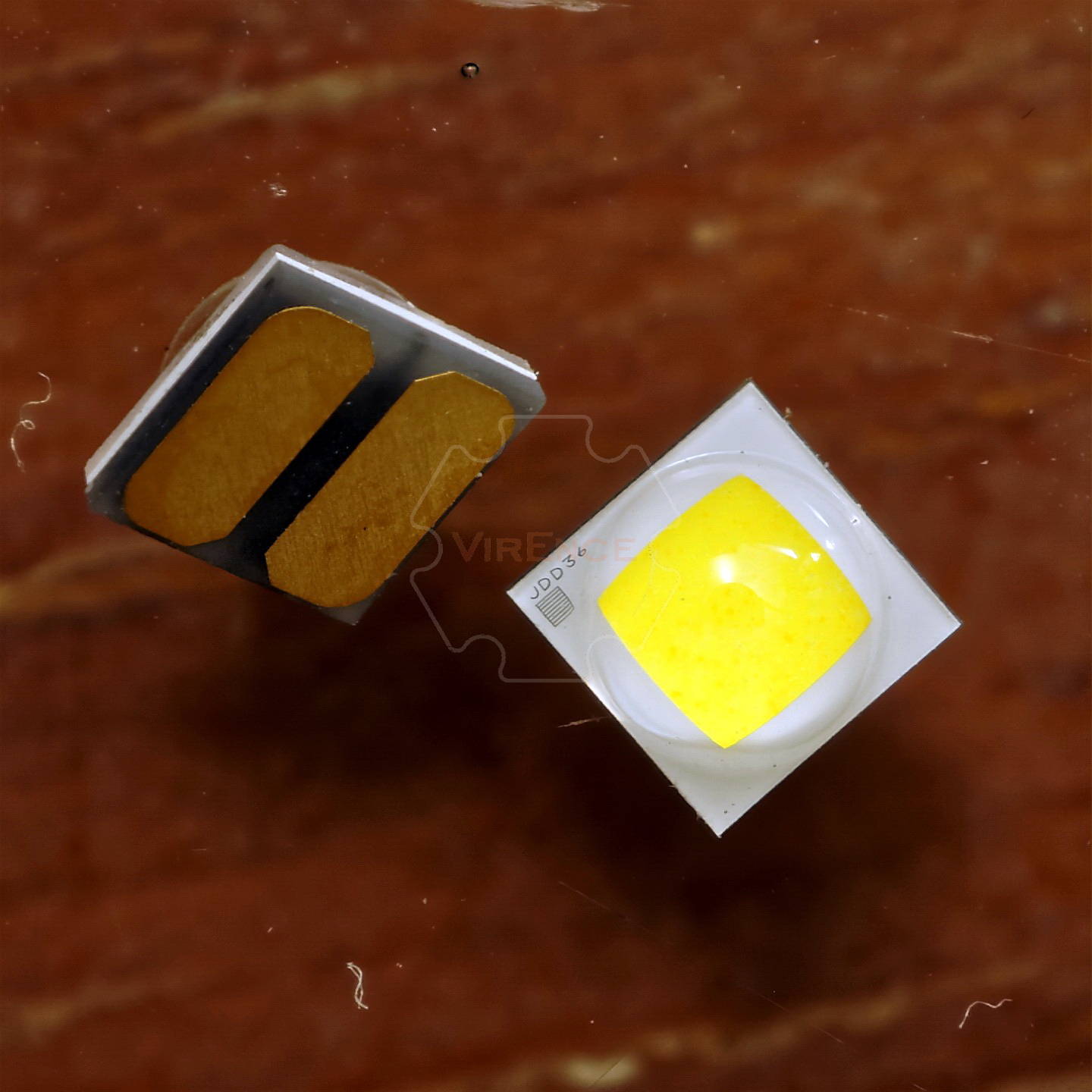
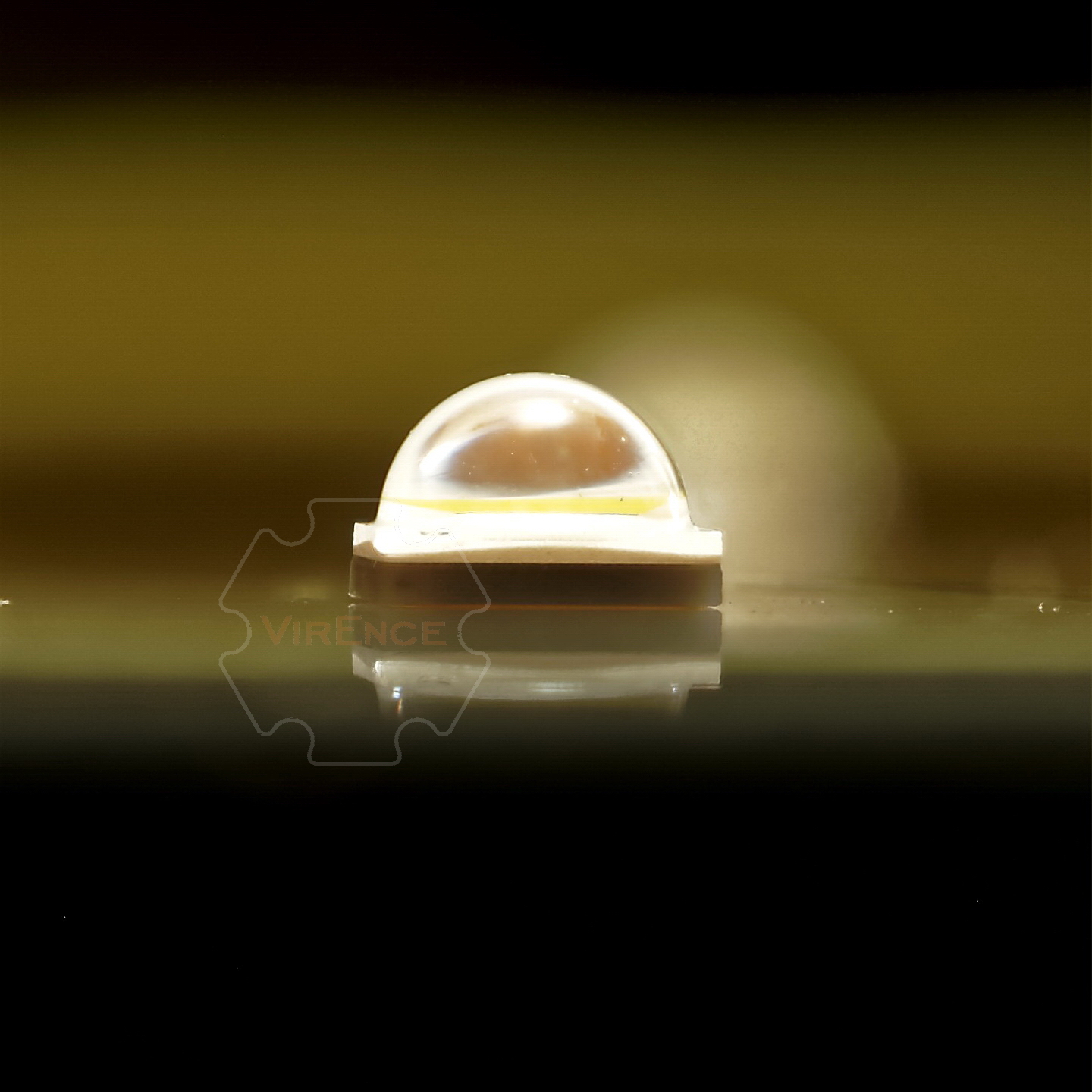
I made a new improved measurement methods which is far more reliable than my earlier tests. There’s a sandwich of aluminum adapter - lapped thick copper clamped on a thick cast iron mini milling machine’s bed. The addition of 5 digits volt meter makes a huge difference in measurement consistency. An LED is very sensitive to heat changes and the forward voltage reading is a very reliable data to measure its junction temperature down to 0,1 C. Using the forward voltage we can always go back to the same junction temperature between each measurements. This way the LED can be used as an accurate thermometer (some math involved).
Each measurement recorded only when the Vf stabilized. This means my new testing method puts much more stress on the LED as it had to stays in the test current for ~1-3 minutes before moving to another step. The test started at 27,2C (aluminum adapter temp) and ended at 28C, the change was too small to make any difference.
This way, even though I still don’t have a proper Integrating sphere for direct output measurement, anybody can use the curve and interpolate the lux reading with a valid base point. The lux meter used was TASI 632A with good performance as tested by Djozz here.
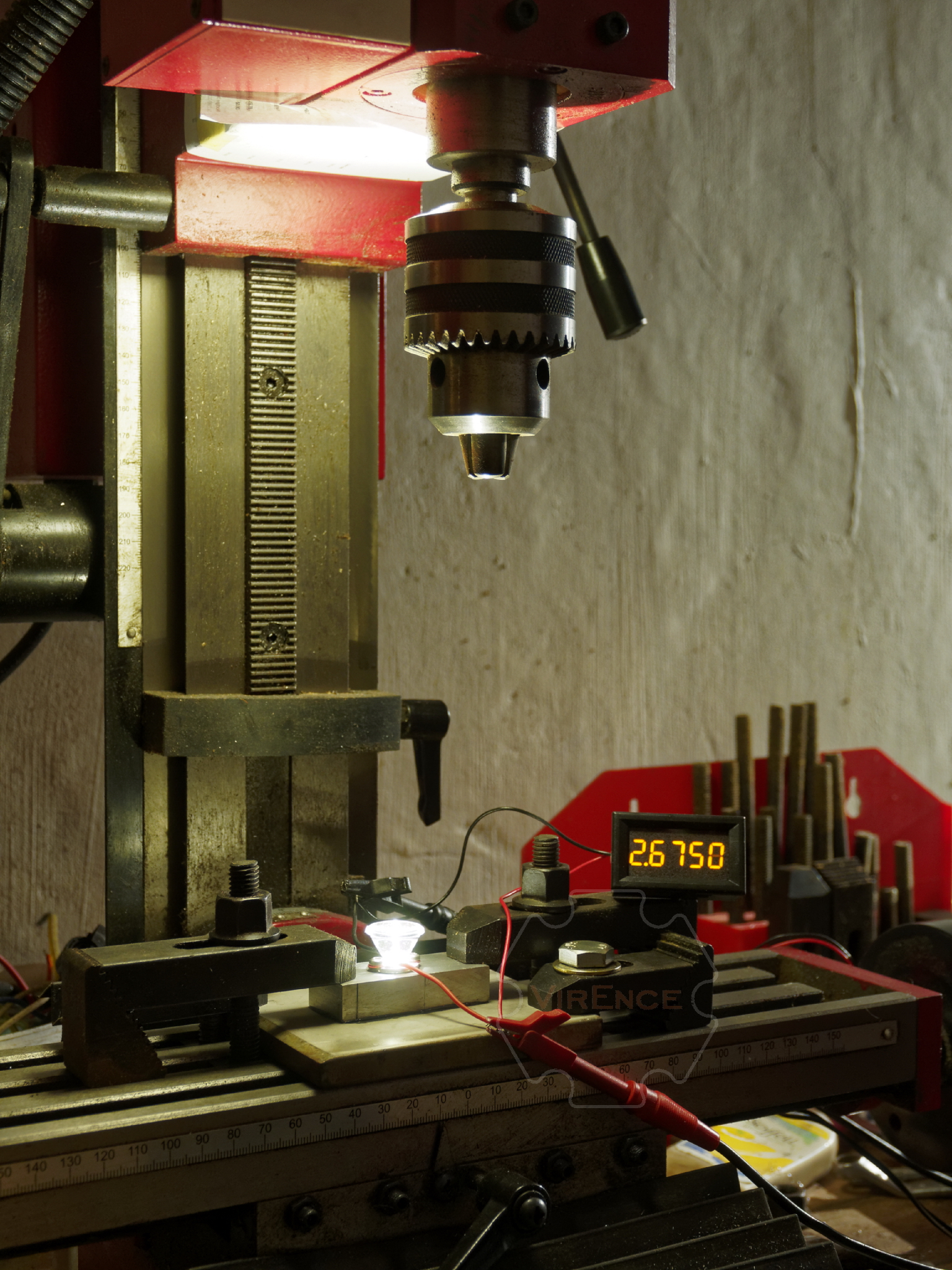
AWG 24 wire used tested to have less than 0,0002 V voltage reduction/meter. I used 50mm wires to connect the LED to the volt meter.
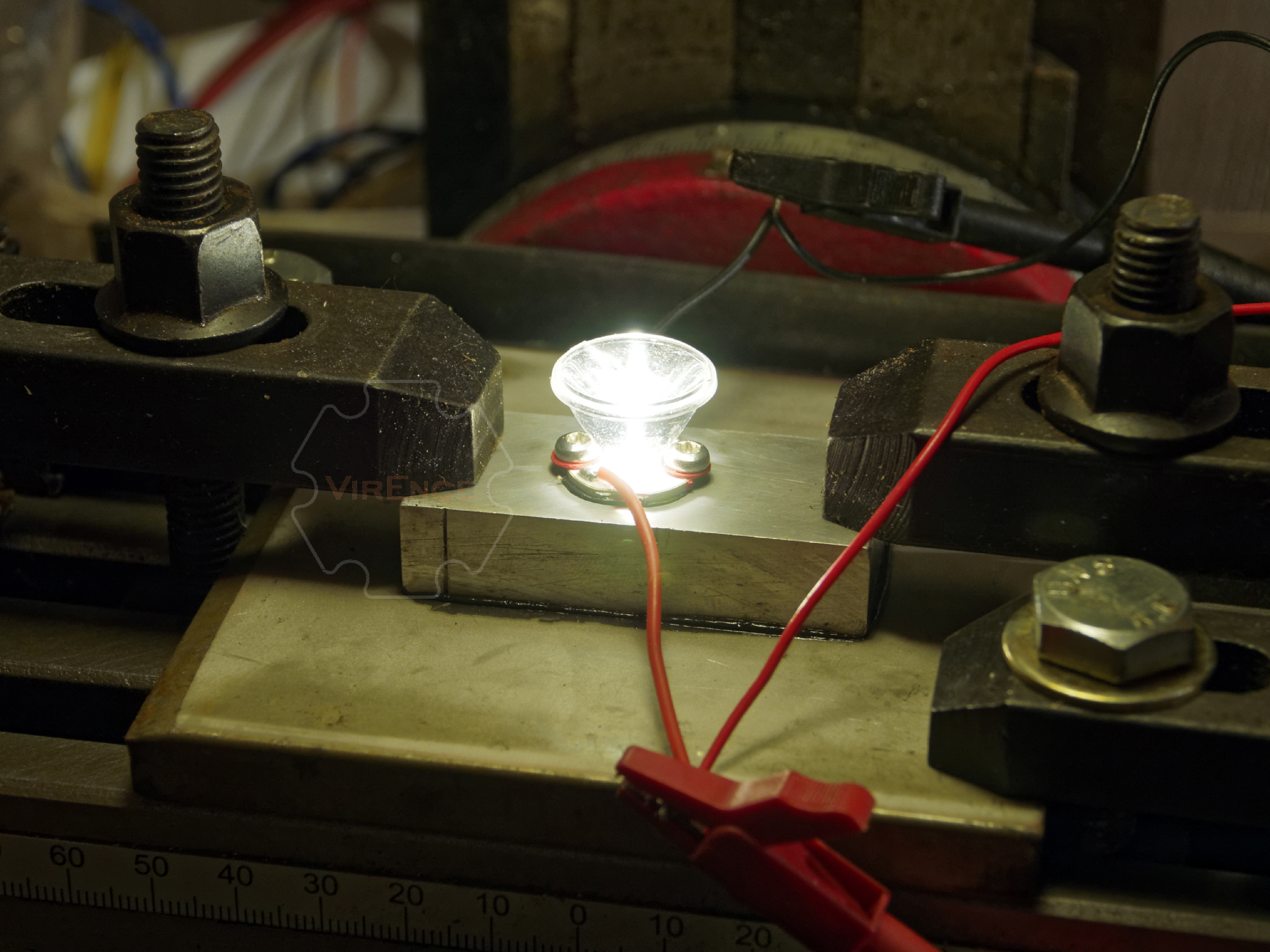
The lux meter sensor placed behind the table under a frosted diffuser (not shown). Measurements done in complete darkness to avoid errors from shadows or my movements.
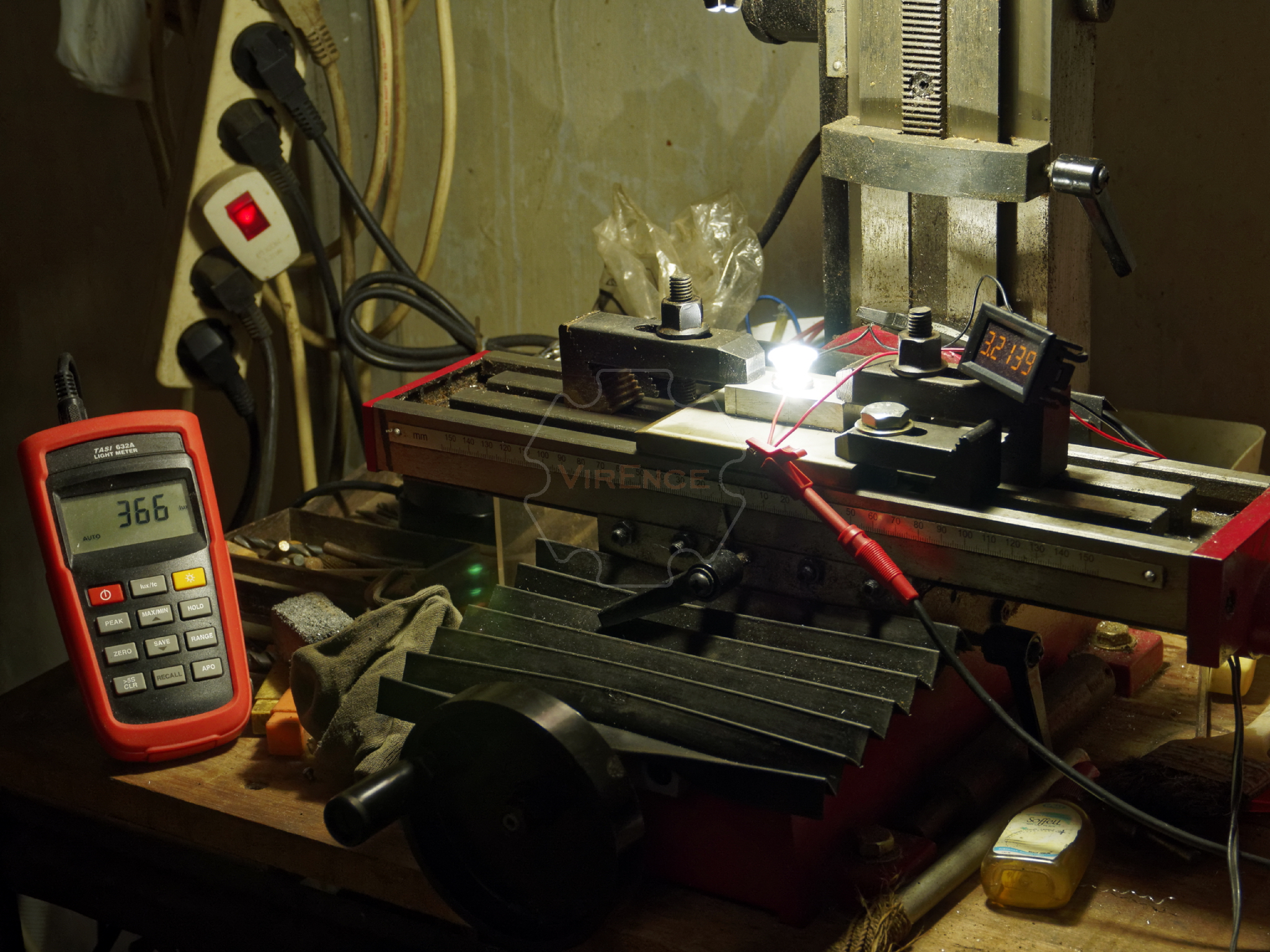
Output test result was a disappointment. I guess this LED is a lower cost alternative to 319A for streetlight projects. Below 3A the performance is superior to 219C D320 and very close to 319A D440f2.
I converted the lux measurements to D340 bin which should output in 340 - 360 lumens at 700mA. Based on Djozz, Texas_Ace, and Maukka tests Nichia has been very consistent with it’s output binning. I used 350 lumens at 700mA at 25C as the base conversion point. The converted output matched Nichia’s chart very well.
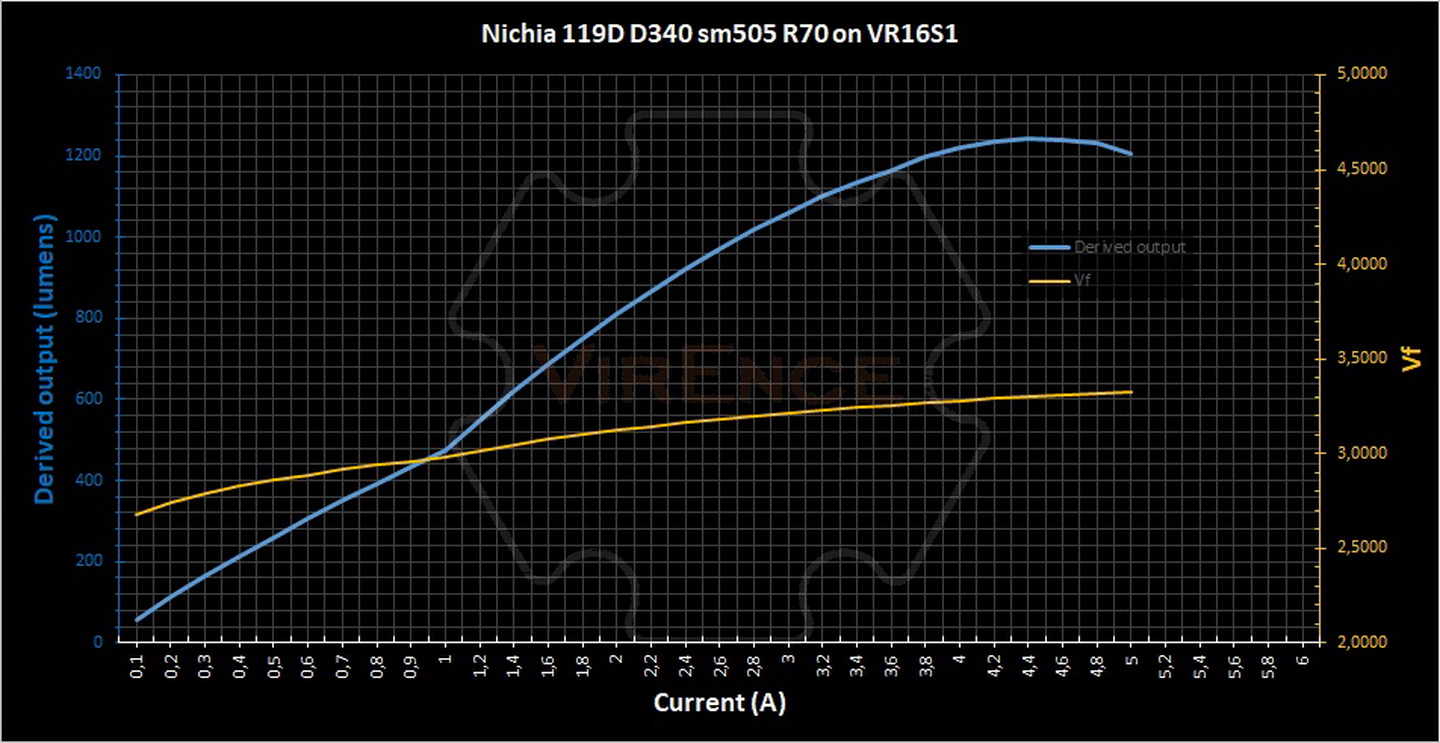
Just in case you’re wondering if it’s the MCPCB or the LED which caused the lower output. Here’s a comparison of my earlier back to back test between Sinkpad copper DTP vs VR16S1 aluminum non DTP:
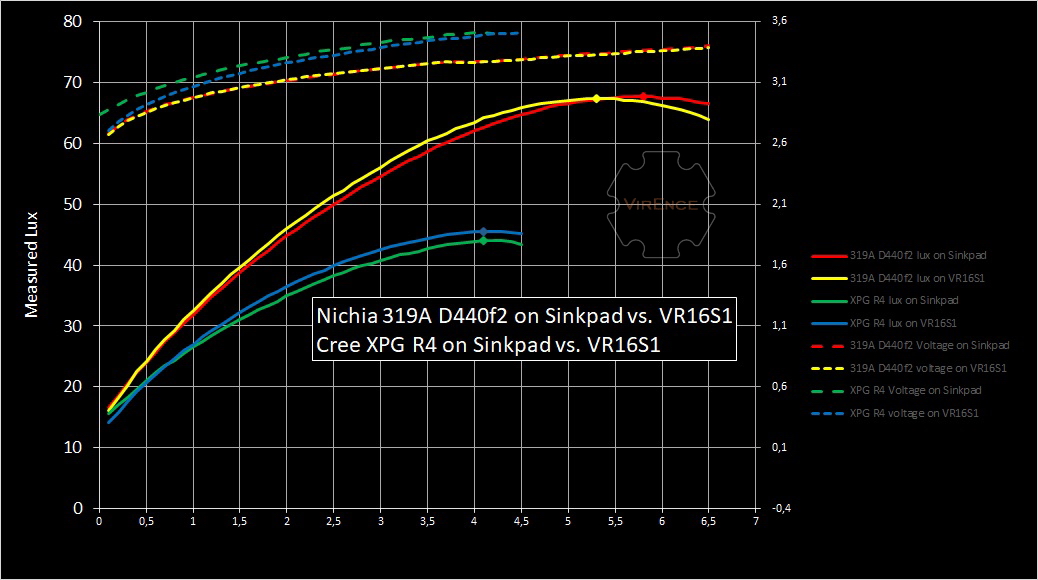
Chart:
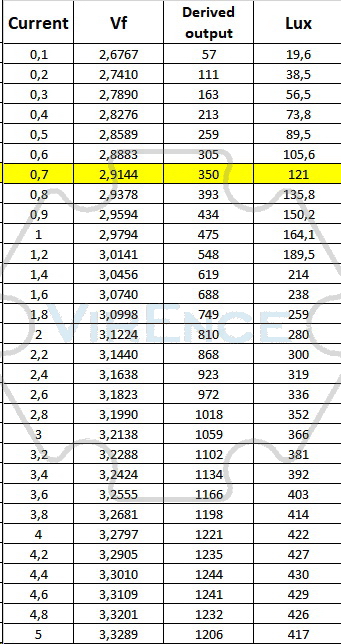
Dedome result was a success. This is the EASIEST dedoming I’ve ever done. Just a simple peel with a sharp knife and most of the dome fell off the die easily. I was right, the phosphors-silicone mix glued behind a small hard glass window. This explain the higher efficiency (below max current) compared to the older 219C. With multi refractive index primary lens more photons escape the die.
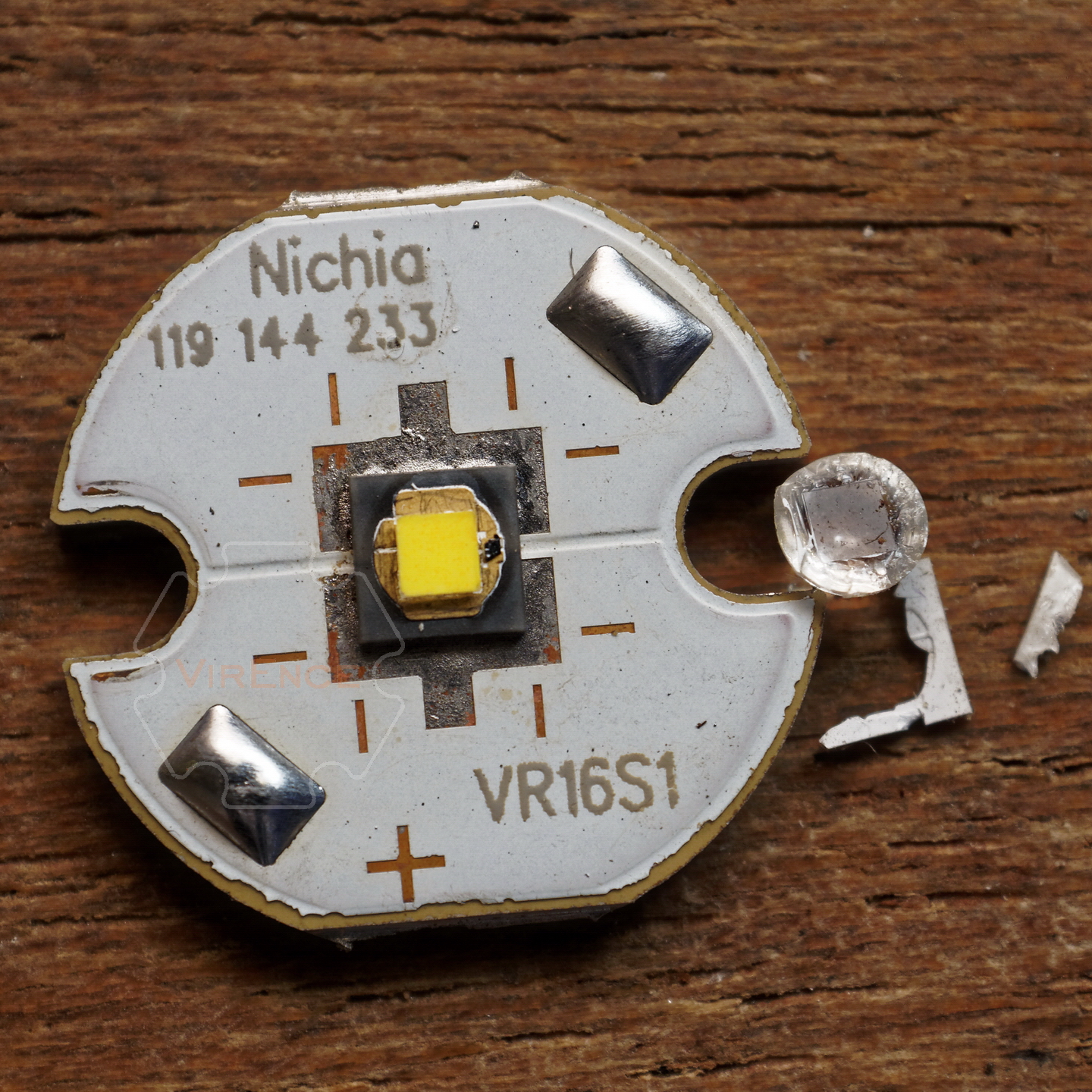
My prediction is this dedomed 119D/219D will suffer less loss compared to traditional LED with single medium primary lens. I will dedome a fresh 119D and test the intensity tomorrow. We now have a true Nichia 119D HI! The phosphor is still protected after dedoming process
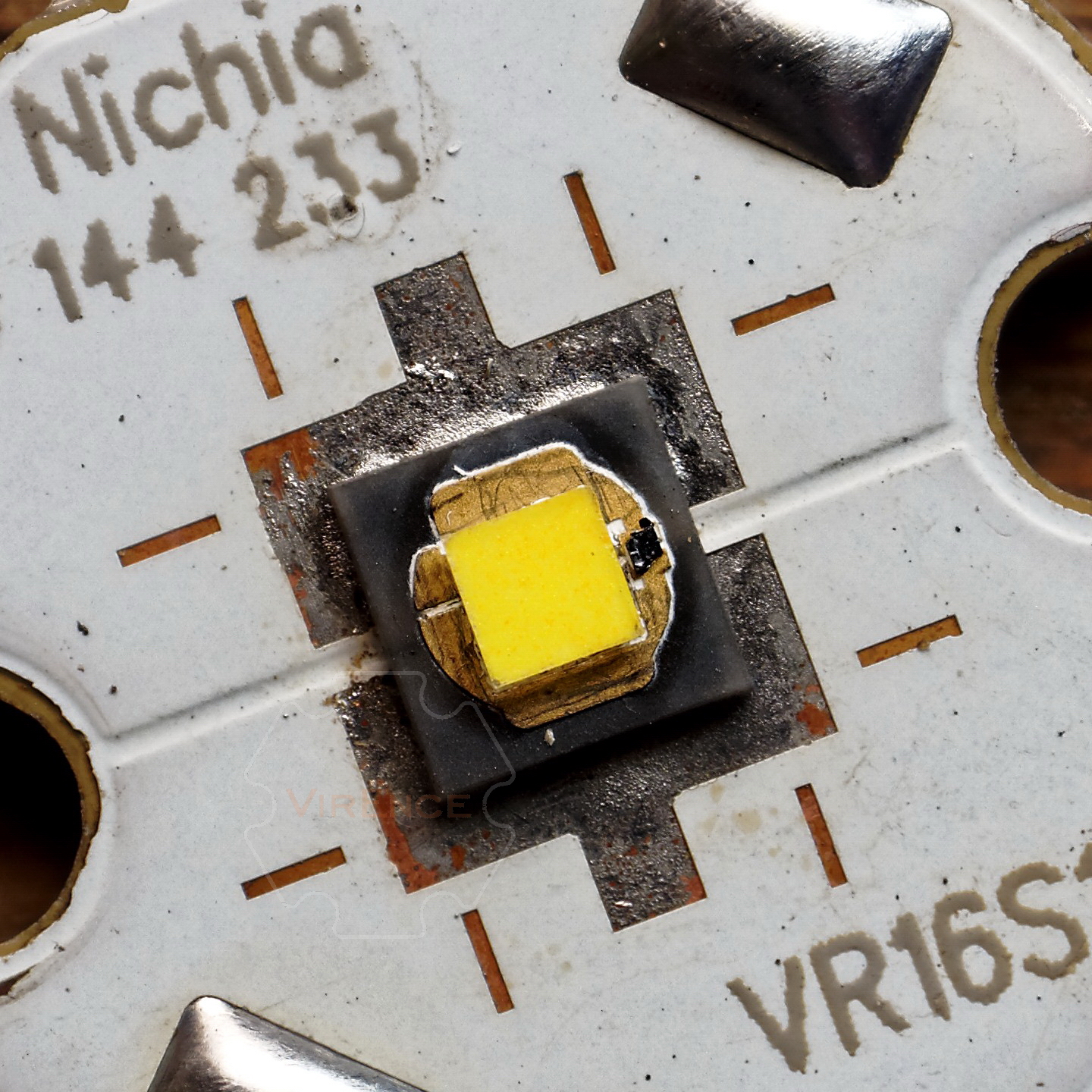
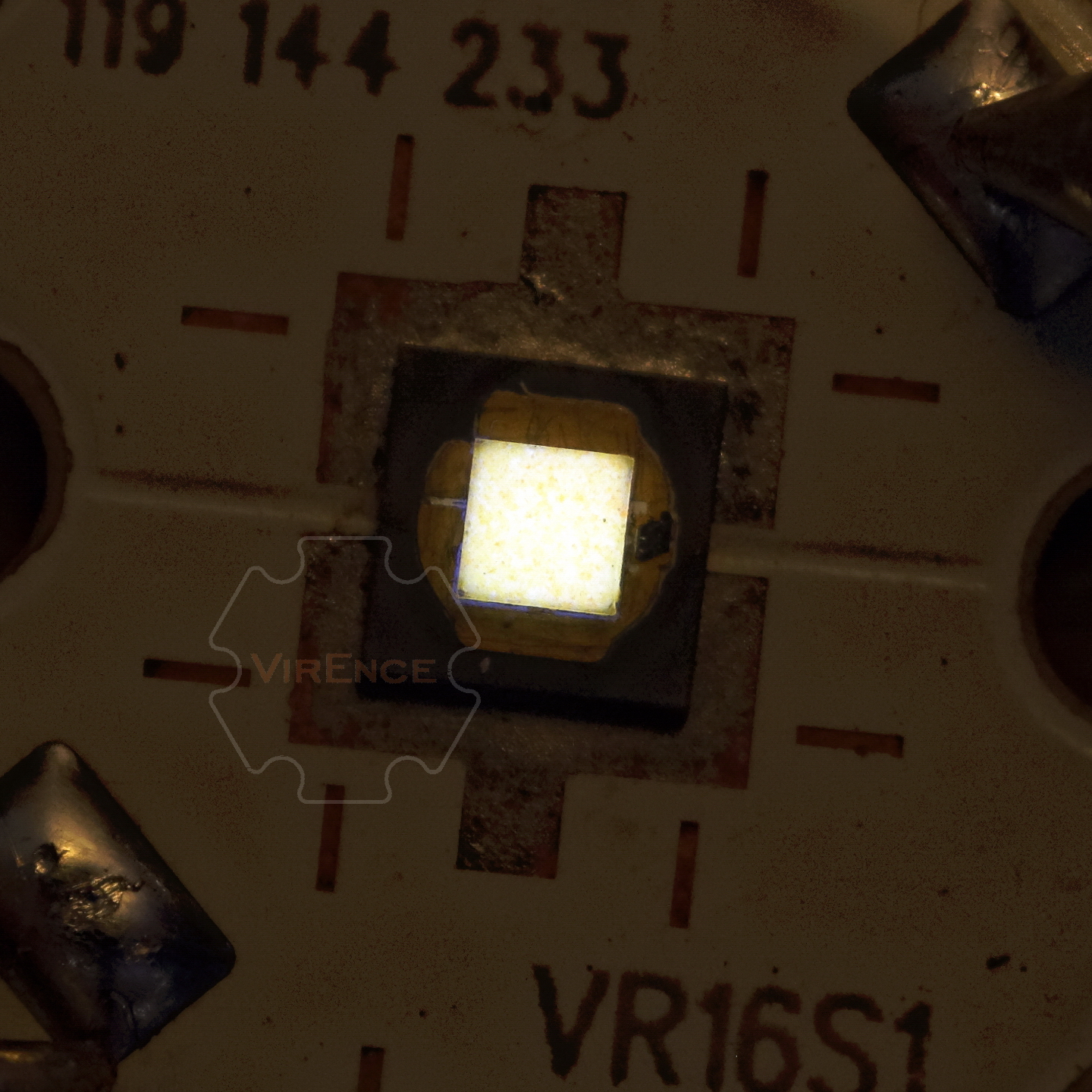
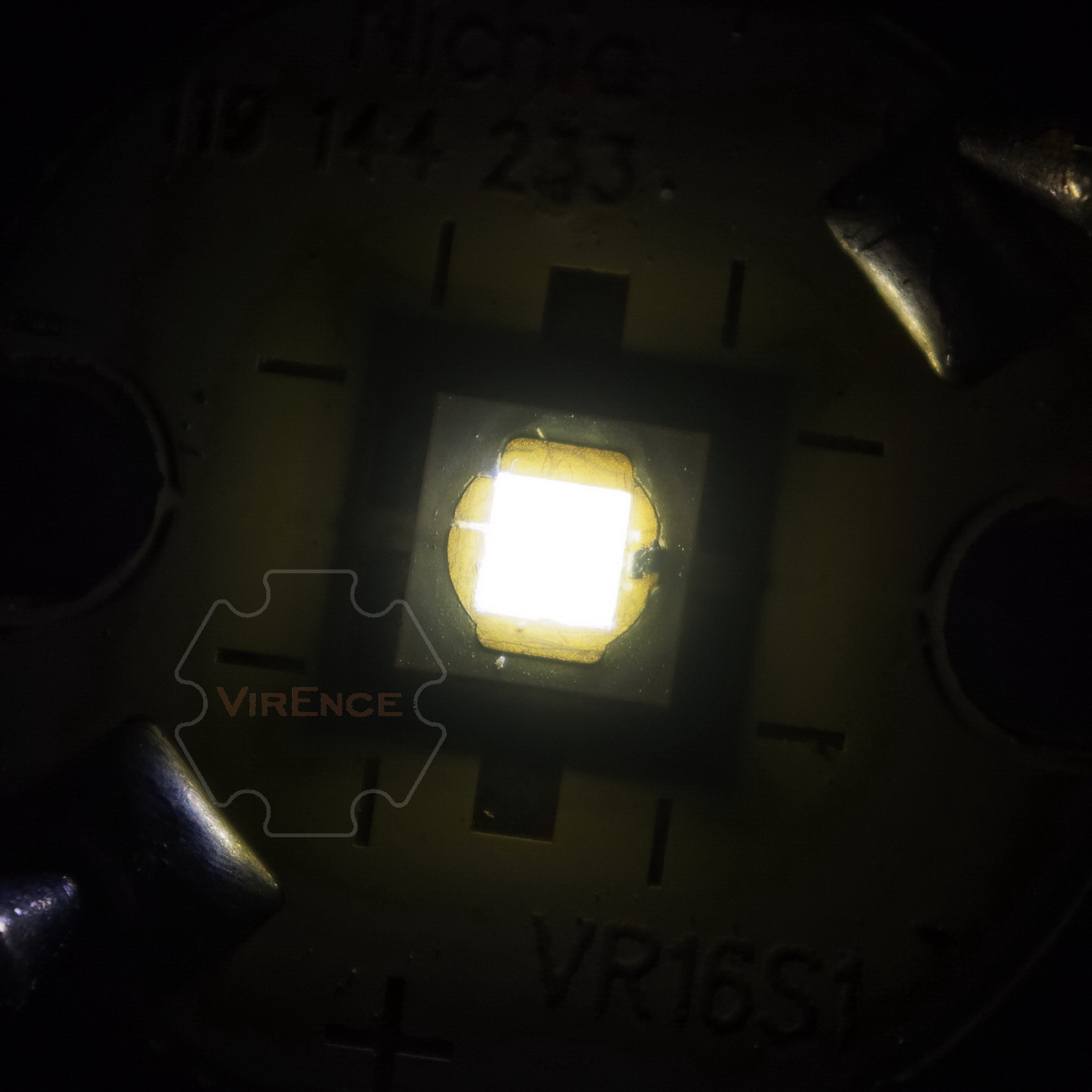
LAZY BEAMSHOTS with no lux measurements. I’m too lazy to make another test rig. The reflectors I have are just too big for this 16mm MCPCB. And the TIR optics needs to be fastened for a horizontal lux measurement. I only use simple ceiling beam shot with 20mm 5 degree Yajiamei XP TIR optic.
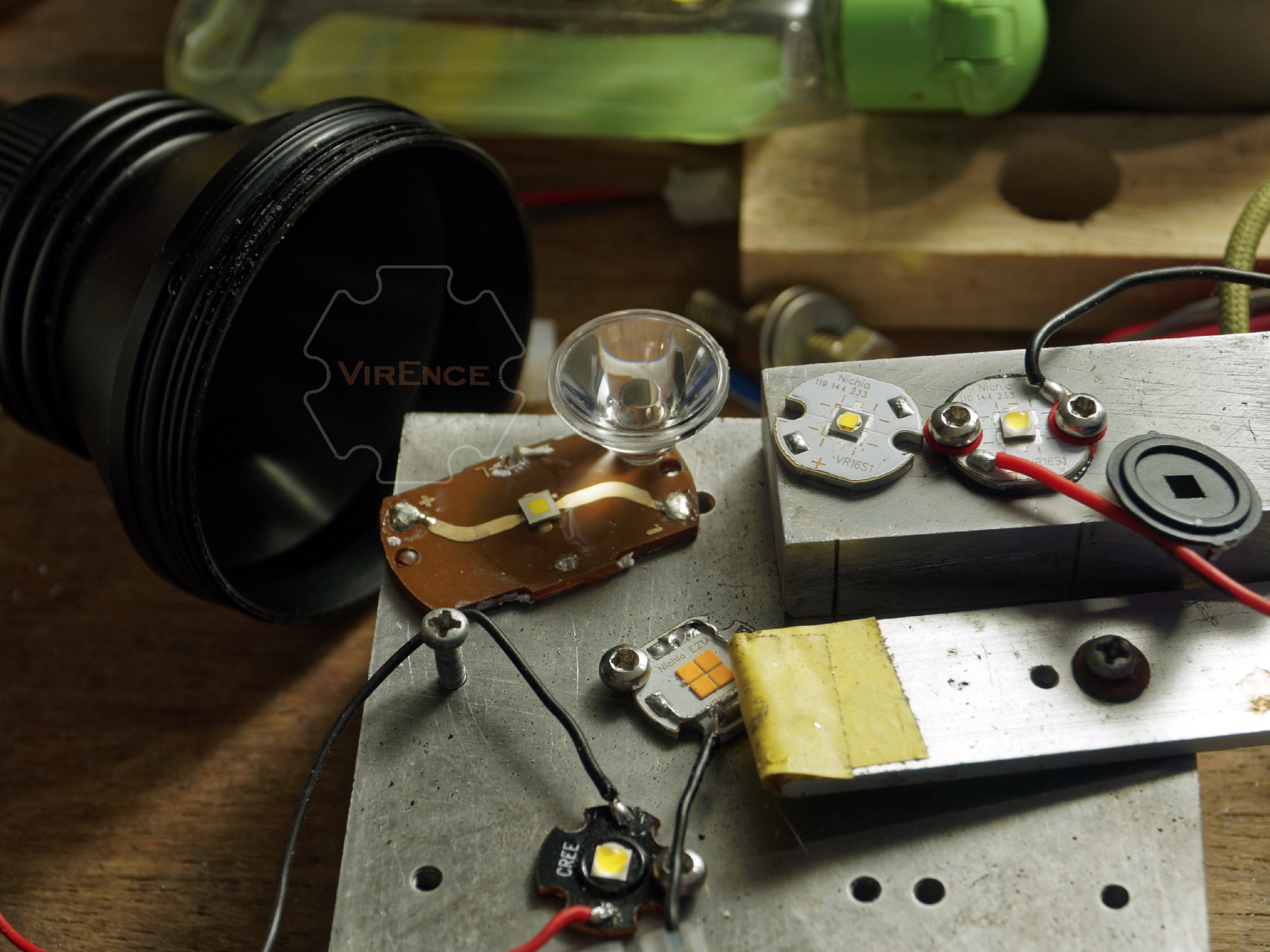
WB = 5600K, Same speed and aperture settings. All test were done at the same 1A setting to make it easier to see output differences.
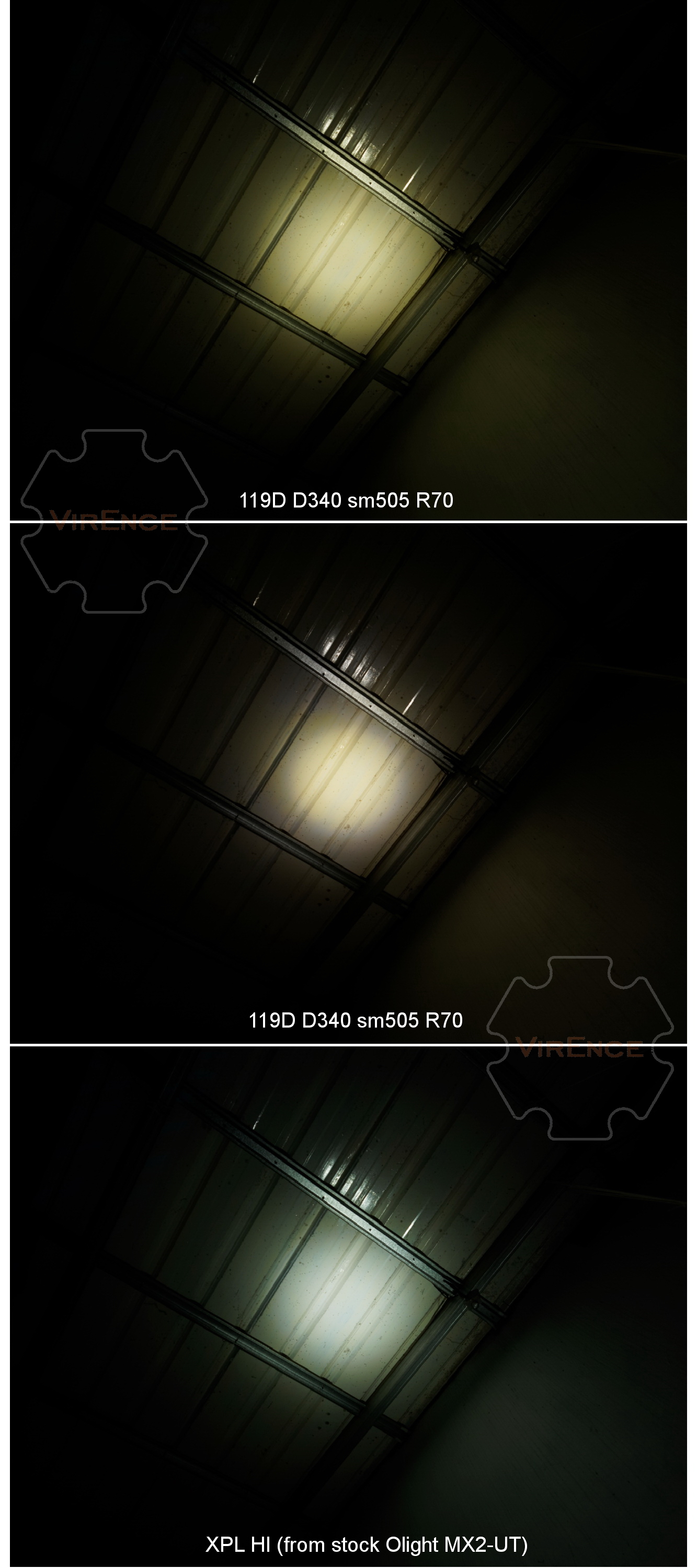
IMHO, the dedomed 119D looks best if we ignore the magenta ring.
If anyone interested. The sample is available for evaluation for USD 0,8/pc. The price is just to cover JPN - ID, DHL express shipping cost only, no duty tax this time fortunately.
———————————————-
UPDATE 190216: 119D vs 219D test result:
- Clemence